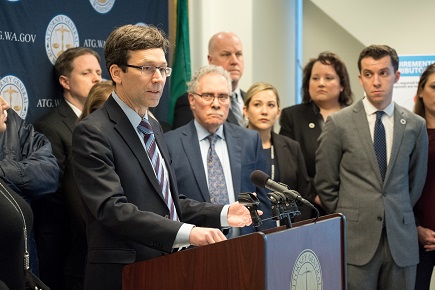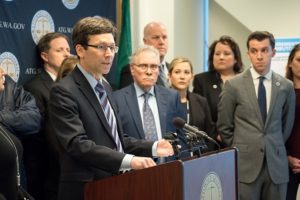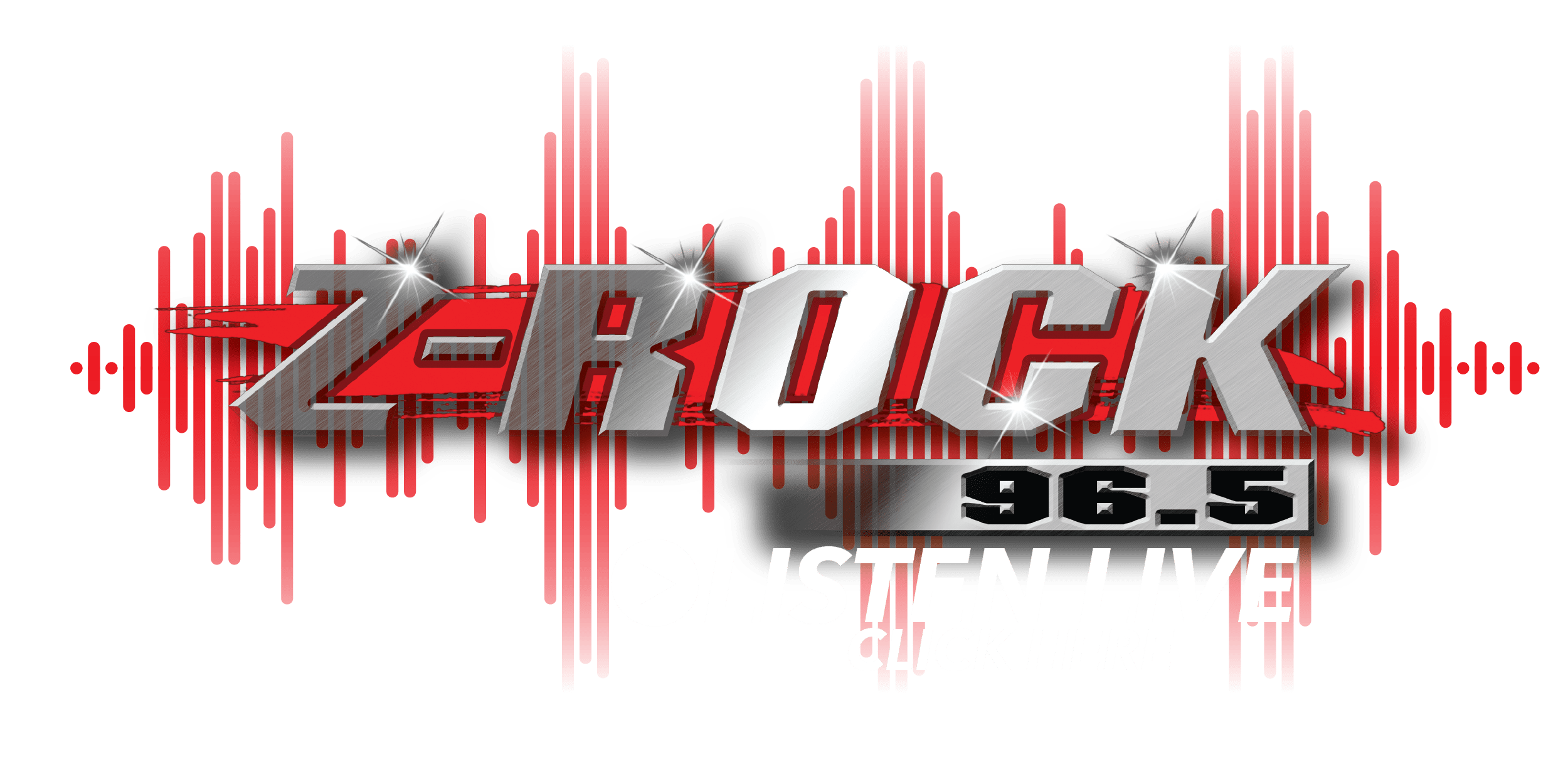
CLARKSTON, WA – Asotin County will receive just over $1 million as part of a settlement between the Washington State Attorney General’s Office and three opioid distributors. The settlement was finalized earlier this year and set for first distributions this month from the $215 million to eligible participating cities and counties. All 125 eligible cities over 10,000 population and counties signed on to the settlement by the September 2022 deadline.
In addition to Asotin County, Columbia County is receiving $120,765.40; Garfield County’s amount is $69,226.17; the City of Pullman is receiving $476,190.06; and Whitman County gets $564,763.25 (total for Whitman County overall: $1,040,953.32).
The money is to be used for expanding and improving local opioid abuse programs, supporting first responders, providing school-based drug education programs, and addressing the needs of pregnant women who are abusing opioids.
After a six-month trial, the State of Washington reached a settlement with McKesson Corp., Cardinal Health Inc., and AmerisourceBergen Drug Corp. for up to $518 million. More than $476 million will be directed toward addressing the opioid epidemic. This money will be paid over 17 years.
More information on the settlement agreement and the distributions expected by each entity is available on the AG’s website.
From AG’s Office:
Under the terms of the settlement agreements, local governments must establish an Opioid Abatement Council to oversee the Opioid Fund allocation, distribution, expenditures, and dispute resolution within each allocation region, as defined by the settlement agreement. The OAC may be a preexisting regional body or may be a new body created for purposes of executing the obligations of the settlement.
OAC membership is outlined in the One Washington MOU and includes representatives from participating cities and counties in the region who have work or educational experience in one of the approved opioid abatement uses under the agreement. The process for determining representation will be determined by the participating local governments, and regions may wish to build on existing regional public health structures to oversee the settlement allocations and reporting requirements.
Funds may be used for a variety of opioid use abatement purposes set out in the agreements and must be consistent with the state Opioid Response Plan:
- Improving and expanding treatment for opioid use disorder;
- Supporting individuals in treatment and recovery, including providing comprehensive wrap-around services to individuals with opioid use disorder, including housing, transportation, education, job placement, job training or childcare;
- Addressing the needs of pregnant women and their families, including those with babies with neonatal disorder;
- Preventing opioid misuse, overprescribing and overdoses through, among other strategies, school-based and youth-focused programs, public education campaigns, increased availability and distribution of naloxone and other drugs that treat overdoses, additional training and enhancements to the prescription drug monitoring program; and
- Supporting first responders.
For more information see the AG distributors settlement webpage. The State Auditor has provided guidance on how to reflect the funds in city financial reporting.


